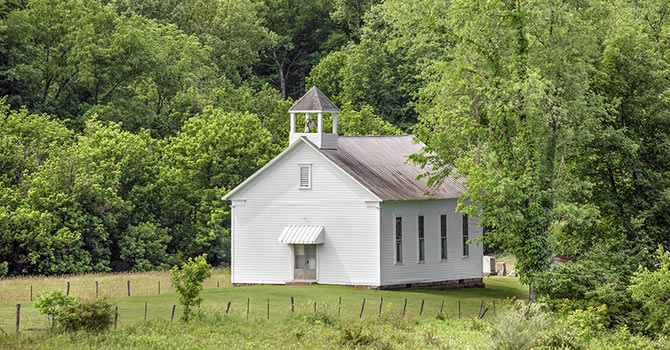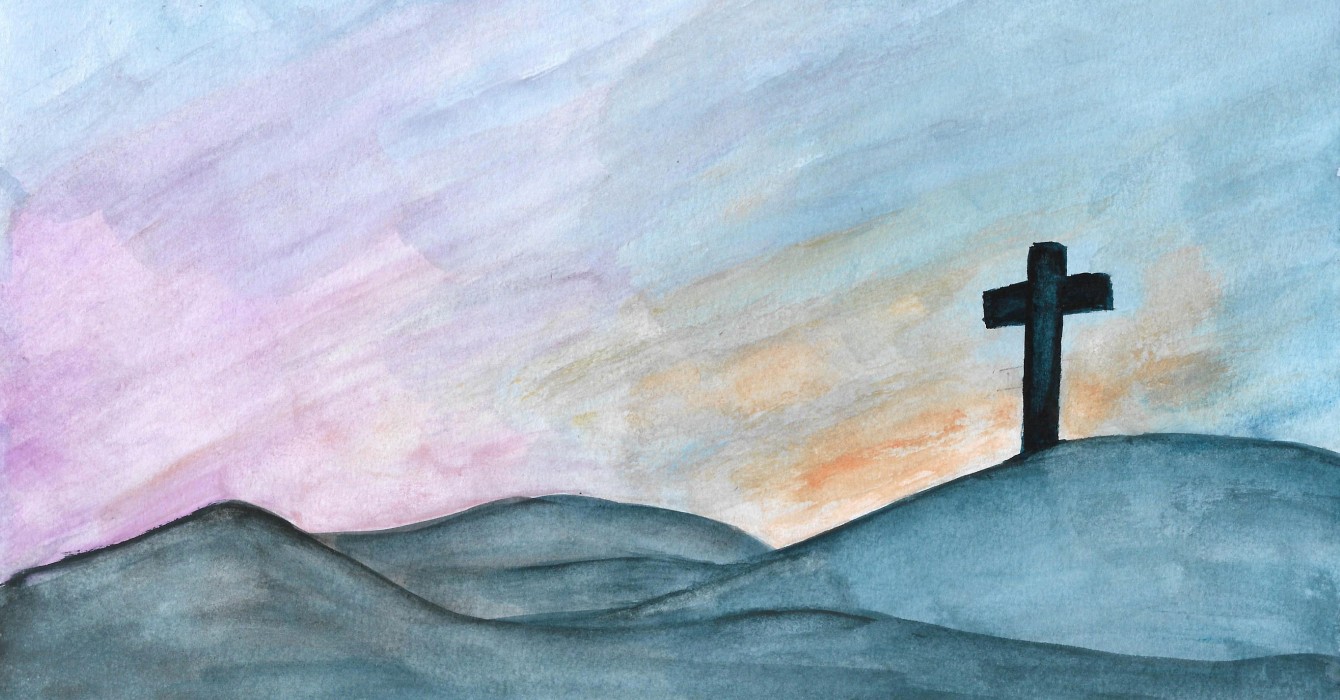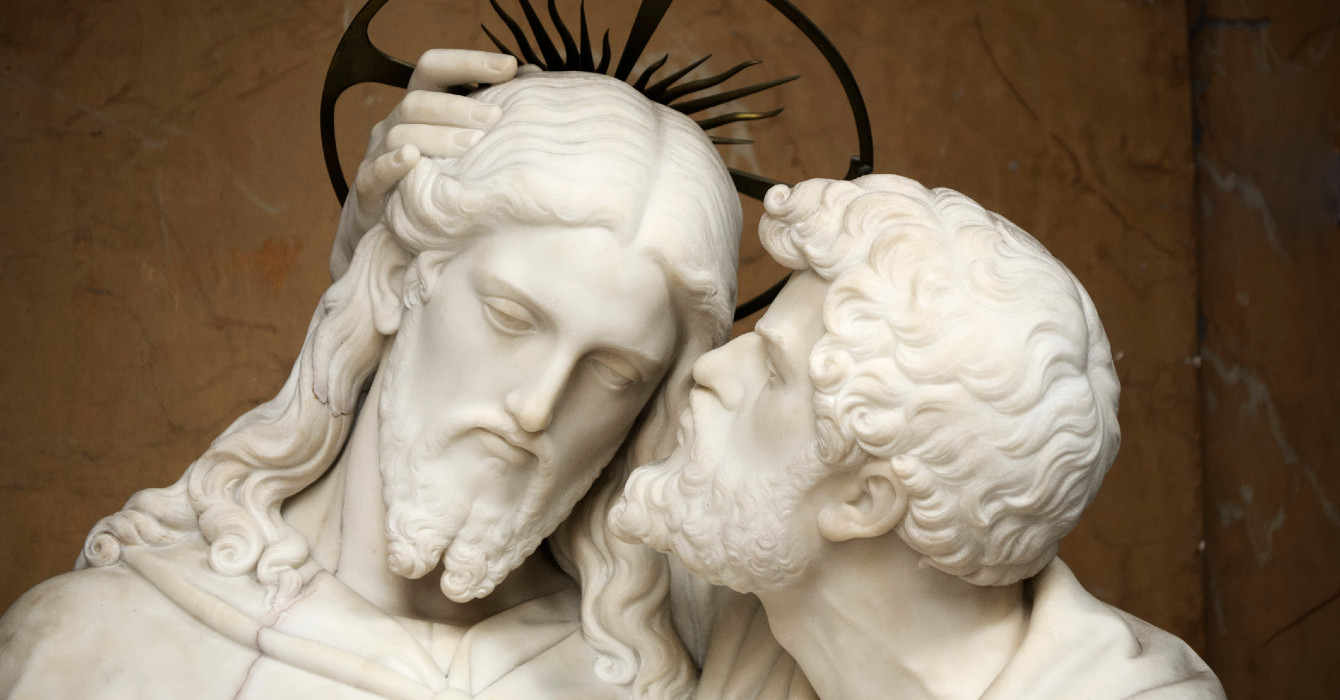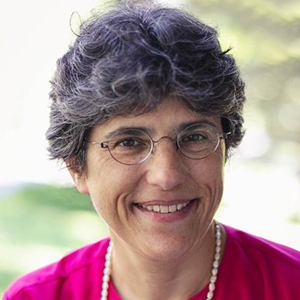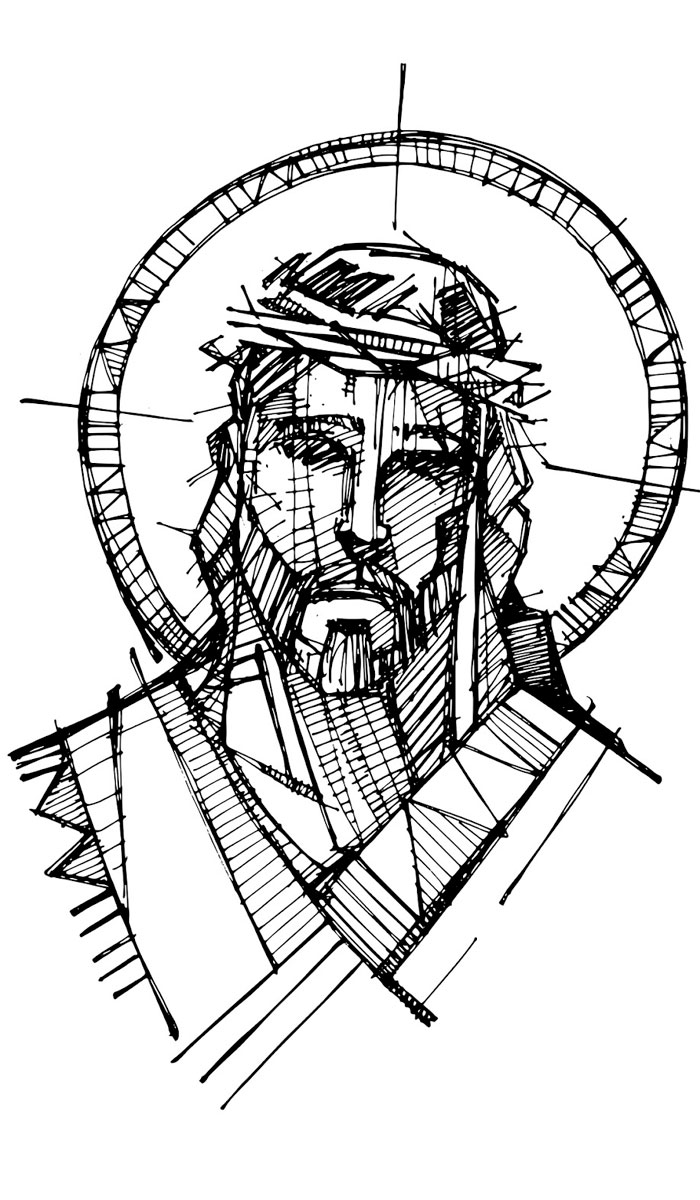Editor’s note: This article previously appeared on the Sustaining Pastoral Excellence website.
Nestled in the shadows between Good Friday and Easter Sunday, Holy Saturday has become largely overlooked if not forgotten in many Protestant traditions. But in rural America, in small struggling congregations across all denominations, it is a day worth recovering, a day ripe with meaning and resonance.
Good Friday and Easter, of course, we all know well. Good Friday is a day of intense emotion, as the church retells the story of the Passion of Jesus, his suffering, humiliation, betrayal, sacrifice and death on the cross. The highest and holiest day of the church year, Easter is when we joyously experience and celebrate the risen Christ. The tomb is empty. The resurrection happened. Some disciples believed and some doubted.
But what about Holy Saturday? Even in traditions that observe Holy Saturday, very little “happens” that day. For Catholics, Holy Saturday is a day of silence and prayer, commemorating the dead Christ in the tomb. No Mass is celebrated, and the tabernacle, where the Eucharistic host is normally stored, is left empty and open. The lamp or candle that usually stands next to the tabernacle denoting the presence of Christ is extinguished. The Eucharist is kept elsewhere, usually in the sacristy, with a lamp or candle burning before it.
Holy Saturday is a day suspended between loss and hope, death and resurrection, mourning and new life. Unfortunately, it is also the place where many rural churches live. Even if they don’t formally observe the day or are even aware of it, many rural churches are mired in Holy Saturday.
These congregations, both their pastors and those in the pews, are stuck between Good Friday and Easter Sunday, trapped in a theology of mourning. Marked by sorrow and loss, this theology is lived out in silence, anxiety and emptiness. As the Institute for Rural Pastoral Leadership has grown and developed, we have become convinced that this inability to move beyond Holy Saturday is one of the most serious theological challenges facing the rural church.
The losses these churches have suffered are real and painful. The theology of mourning is a hard and traumatic shift from the theology of abundance that once characterized rural America. As Christianity has been interpreted and acted upon in different times and places throughout the world, some aspects of the tradition become more salient than others. In “two-third world” countries such as the Philippines or in parts of South and Central America, for example, God’s steadfast strength becomes the staff that people rely upon in their struggles against oppression. Indigenous theologies such as theology of struggle and liberation theology are examples of how the Christian gospel has been variously articulated around the world.
In rural America, a theology of abundance and of “manifest destiny” was until recently the unfailing staff that most people leaned upon. Generation after generation, God’s blessing was bestowed upon the faithful. They built churches that became filled with families. The land was abundant with produce and sustenance.
But today, for many of those once-overflowing congregations, this theology no longer works. Manifest destiny and abundance cannot explain why so many family farms are gone and the pews are nearly empty. Many rural churches witness more deaths than births in their community every year. Their members witness their faith to people whose ranks never change except by attrition, people who already “get” the gospel. They practice their faith like those uncertain disciples on the day after Good Friday, unsure what tomorrow was promised to bring and what Jesus said would happen.
Practicing a theology of Holy Saturday, these rural congregations grow comfortable with slow death and dwindling membership. After a while, it begins to feel natural to be in a community that is dying. The best they can hope for, many members believe, is that the church will be there when they die, and someone else will be able to close and lock the doors as the last shovel of dirt is tossed over them. For churches that are surrounded by dilapidated buildings and closed storefronts, this sad and trapped theology is an easy temptation to fall into.
As we know, however, Jesus’ death was not the last word God had to say about the violence and oppression of Good Friday. On Easter Sunday the Triune God rose from the dead and lives again.
At the Institute for Rural Pastoral Leadership, we know how difficult it is for rural congregations to let go of Holy Saturday and move into the new life of Easter. Many rural pastors and churches have approached us about our programs, only to turn away when they realize the risk and the hard work, the deep listening that must take place among themselves and their community, if they are to enter into resurrection.
But other congregations have showed us there is life in rural America. In small towns such as Wakefield, Neb., (pop. 1,340) and Walnut Grove, Minn. (pop. 599), congregations are discovering anew that faith does not depend upon the local economy or the number of people in the pews. The Holy Spirit is alive and flowing through them as they stop and listen. It is revealed to them as they listen to each other, reflecting upon the Scriptures. It is revealed in the people as they open themselves up to one another over the Word, over a cup of coffee, and in the rituals, practices, and deeds that demonstrate God’s love and grace. It is those relationships and that Spirit that can transform Saturday from a day to sit in silent repose into the day to prepare for the Celebration.
After the losses of Good Friday, we need to stop and to mourn on Holy Saturday. But we were never meant to stay there. Up ahead, new life awaits.

